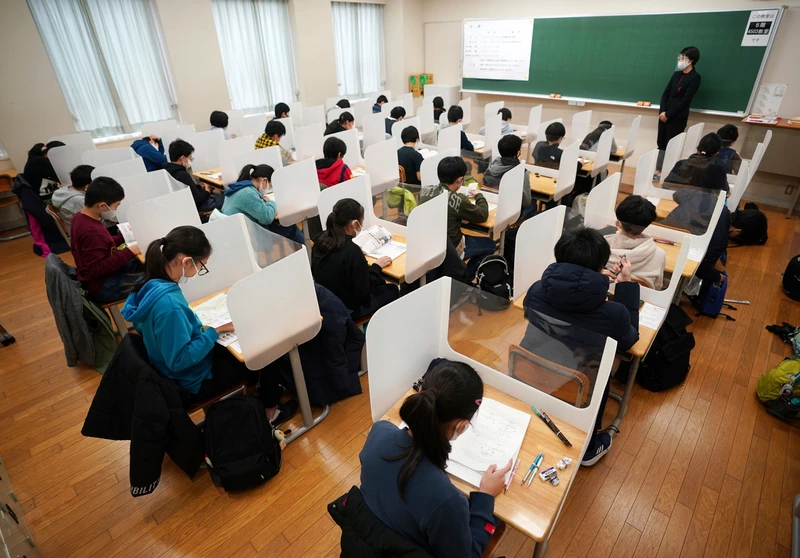High Schools in Tokyo Are Deliberately Failing Female Students In admission Tests
October 15, 2021
Numerous public schools in Tokyo put in place a rule to make classrooms equal; 50% men and 50% women. This all started in 1950 after a long history of gender segregation as a part of the post-WWII effort aimed to open more opportunities for women and girls in schools.
Even before the war, these schools were largely gender-segregated. Girls would have fewer opportunities and even if they did get the opportunity to go to school, they received lower quality of education.
At first, it worked incredibly. Women were able to enroll in more science and math classes side by side with the men rather than taking sewing classes, imagining a future for them beyond the kitchen.
That all changed when women started to score higher than men in admissions tests. According to VICE, schools have started to fail women to “maintain the equal gender split.”
Yusako Sasa, who is part of a group of lawyers actively trying to end this policy, told VICE News that the Tokyo public schools are “consciously” trying to increase the passing score in the admissions tests for the girls.
“Gender should have nothing to do with high school entrance exams, but it’s now a significant factor in whether a student is admitted,” Sasa said.
Yasuko Muramatsu, president of the Japan Association for Women’s Education, told VICE World News that an overwhelming number of student role models in Japan are men. “That’s the kind of image they project at schools,” she said.
Muramatsu added that there was an undeniable preference for the men in these schools. These were the small things such as male students being called first before the women in role call.
One proposed solution involved getting rid of the gender quota. The Tokyo Board of Education estimated that the admission of women would increase by “3%” if the rule was eliminated. However, the board has opted for another option in which they select “10% of their students, regardless of gender”, while the rest will remain equally split between men and women. Many schools have already implemented this method.
“The proposed solution, where schools slowly get rid of the gender quota, isn’t enough. I thought it’d change in three years, but now the Board of Education wants to see the results of gradual change. But what about the girls negatively affected now?” Muramatsu asks.




Christine Summa • Oct 15, 2021 at 1:44 pm
Mira,
Exceptional! Great job! Very informative!
Honestly, until I read your article, I was not fully aware this type of ignorance still going on today. Hopefully, lawmakers will be able correct these issues so that the next generation is not compromised.